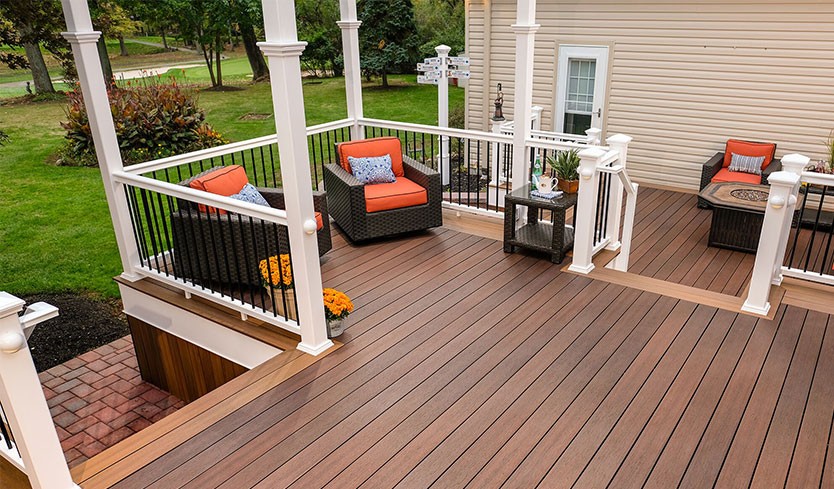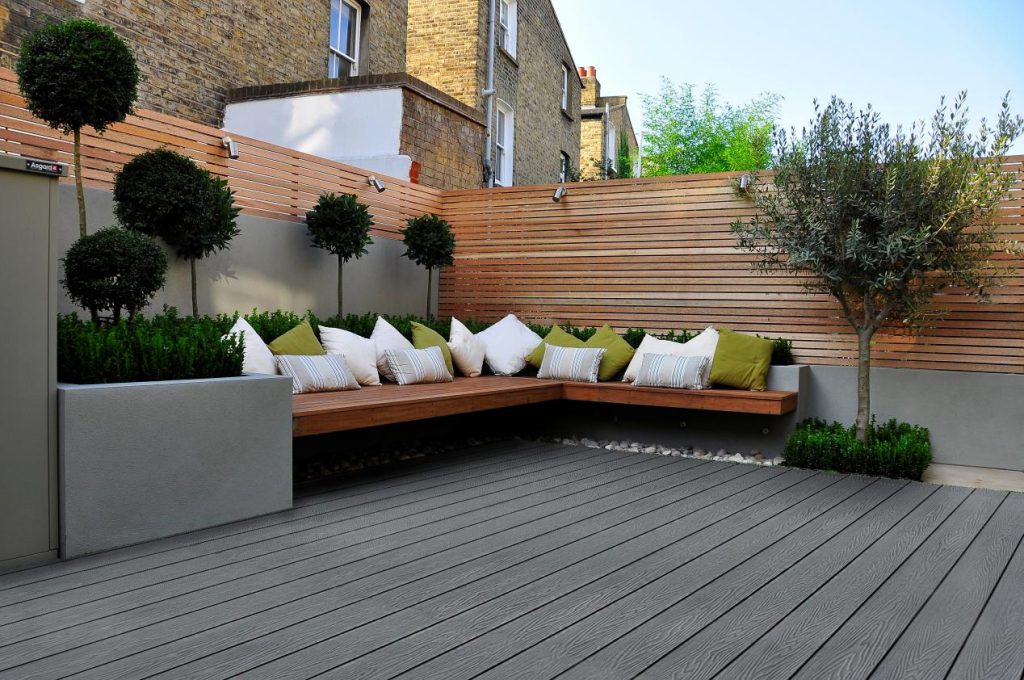When it comes to modern fencing solutions, composite fencing has steadily gained popularity due to its durability, low maintenance, and eco-friendly characteristics. For homeowners, contractors, and property developers alike, understanding composite fencing prices is essential before making a purchase. In this guide, we’ll explore the factors affecting costs, compare composite materials with alternatives, and give insights into what you can expect when investing in composite fencing and composite fence panels price.
Table of Contents
What is Composite Fencing?
Composite fencing is made from a combination of wood fibers and recycled plastics, creating a material that mimics the appearance of natural wood while offering superior durability. Unlike traditional timber fences, composite fencing does not rot, warp, or suffer from pest damage. These benefits have contributed to the rising demand for composite fencing across residential and commercial applications.
Composite fence panels, in particular, are pre-manufactured units that simplify installation. Homeowners can choose from various heights, widths, and styles, with designs ranging from classic wood grain to modern, sleek finishes.

Factors That Affect Composite Fencing Prices
Understanding composite fencing prices requires a look at several key factors:
1. Material Composition
Composite fencing is generally made from a blend of recycled wood fibers and high-density polyethylene (HDPE) or polypropylene plastics. The ratio of wood to plastic can affect both aesthetics and cost. Higher wood content can create a more natural look but may be slightly more expensive due to the additional processing required.
High-quality composite fencing: These usually have UV protection, anti-fade properties, and enhanced durability, leading to higher costs.
Economical options: Panels made with lower-grade composites may have reduced lifespans or less visual appeal but come at a lower price point.
2. Panel Size and Design
The size of the composite fence panels has a direct impact on overall pricing. Standard panels are usually 6 feet wide and 6 feet high, but customization options exist. Additionally, more intricate designs, such as lattice tops or carved patterns, will increase the cost due to extra manufacturing complexity.
3. Brand and Manufacturer
While the market includes numerous composite fencing brands, prices can vary depending on reputation, warranty, and manufacturing processes. Some brands offer longer lifespans and better warranties, which may justify a higher initial investment. Though this guide avoids brand promotion, it’s worth noting that premium manufacturers often use advanced composite technology that reduces fading and structural issues over time.
4. Installation Costs
Even the best composite fencing materials can have variable costs depending on whether you opt for professional installation or DIY. Installation costs can include:
Ground preparation
Post setting
Panel assembly
Optional gates and accessories
DIY installation reduces costs but may require specialized tools and careful handling to avoid damaging the panels.
5. Geographic Location
Labor and material shipping costs differ across regions, affecting total composite fencing prices. Urban areas may have higher labor charges, while rural areas may incur additional transportation fees.
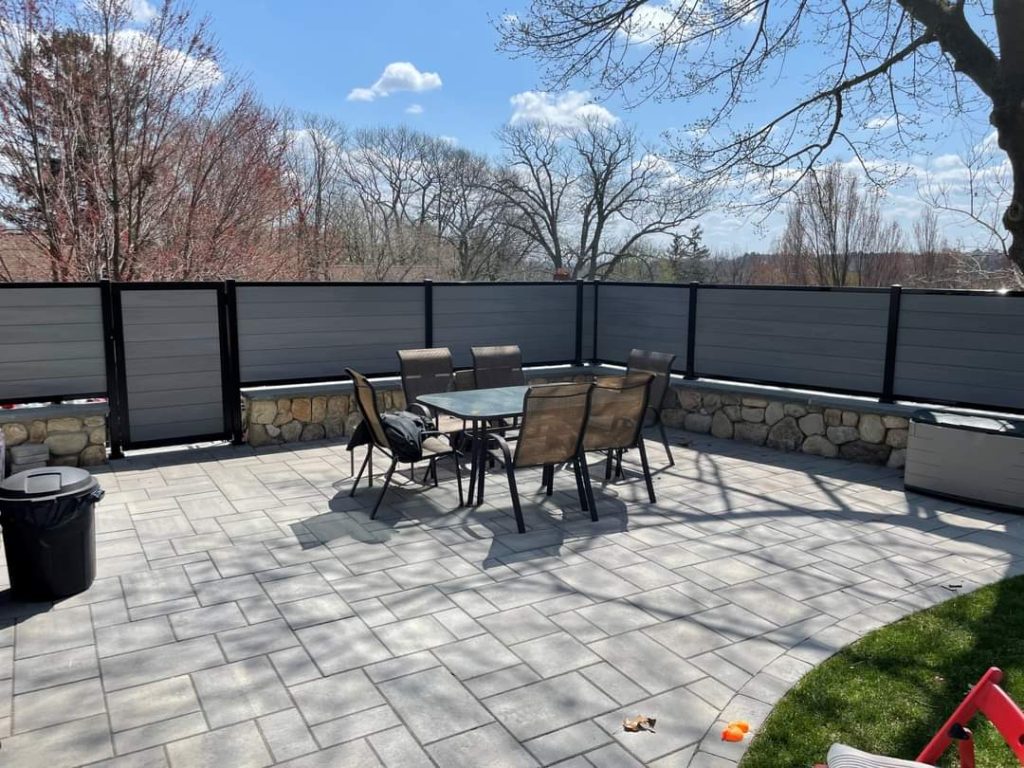
Average Composite Fencing Prices
While prices fluctuate depending on the factors above, here’s a general breakdown for homeowners considering composite fencing:
| Product Type | Price Range (USD) | Notes |
|---|---|---|
| Standard Composite Fence Panels | $50 – $150 per panel | 6 ft x 6 ft panels, basic designs |
| Premium Composite Panels | $120 – $250 per panel | Includes enhanced durability, UV protection, aesthetic finishes |
| Composite Fence Posts | $20 – $50 each | Required for panel installation |
| Gates | $200 – $600 each | Depending on size and design |
| Installation Costs | $30 – $60 per linear foot | Professional service, varies by region |
These numbers provide a rough estimate for budgeting. Keep in mind that high-quality panels may have a higher upfront cost but lower long-term maintenance costs compared to timber fences.
Composite vs. Traditional Fencing: Value Comparison
One of the main reasons homeowners choose composite fencing is long-term value. While the initial composite fencing prices are typically higher than timber, vinyl, or chain-link fences, the benefits often outweigh the costs:
Durability: Composite fences can last 25+ years without significant maintenance.
Low Maintenance: Unlike wood, composite does not require regular painting or staining.
Environmental Benefits: Many composite panels use recycled materials, making them eco-friendly.
Aesthetic Longevity: Panels resist fading, warping, and splintering.
By comparison, timber fences may need repainting or replacement every 7–10 years, which can increase the total cost of ownership over time.

How to Choose the Right Composite Fence Panels
Selecting the right composite fencing panels involves considering both cost and performance. Here are some practical tips:
1. Determine Your Budget
Before shopping, define a budget for both materials and installation. This will narrow down your choices and prevent overspending on features that may not be necessary for your property.
2. Consider Aesthetic Preferences
Composite panels come in various finishes and colors. Some mimic natural wood tones, while others offer contemporary shades like grey, black, or white. Consider the style of your home and landscape when making a selection.
3. Evaluate Warranty and Longevity
Longer warranties indicate confidence in product durability. Panels with UV protection, reinforced structures, or anti-warp technology may cost more initially but reduce long-term replacement costs.
4. Think About Maintenance
Even though composite fencing is low-maintenance, regular cleaning can prolong its lifespan. Simple pressure washing or wiping off debris is usually sufficient.
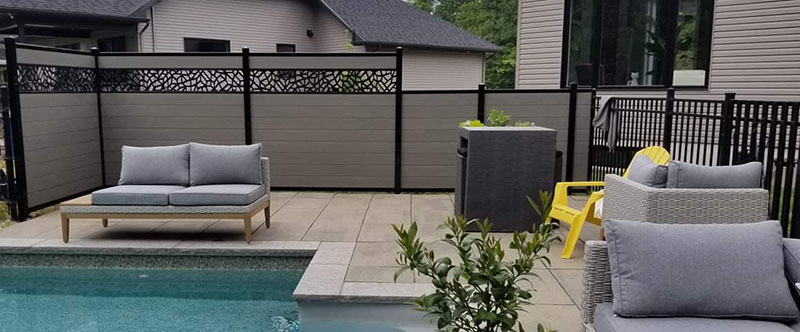
Cost-Saving Tips
While composite fencing prices are higher than traditional alternatives, there are ways to manage costs effectively:
Buy in bulk: Ordering multiple panels at once often reduces per-panel costs.
DIY installation: For skilled homeowners, installing panels can cut labor costs.
Compare suppliers: Prices vary across manufacturers and regions, so requesting quotes from multiple suppliers ensures competitive pricing.
Choose standard panel sizes: Custom panels are more expensive; standard dimensions help control costs.
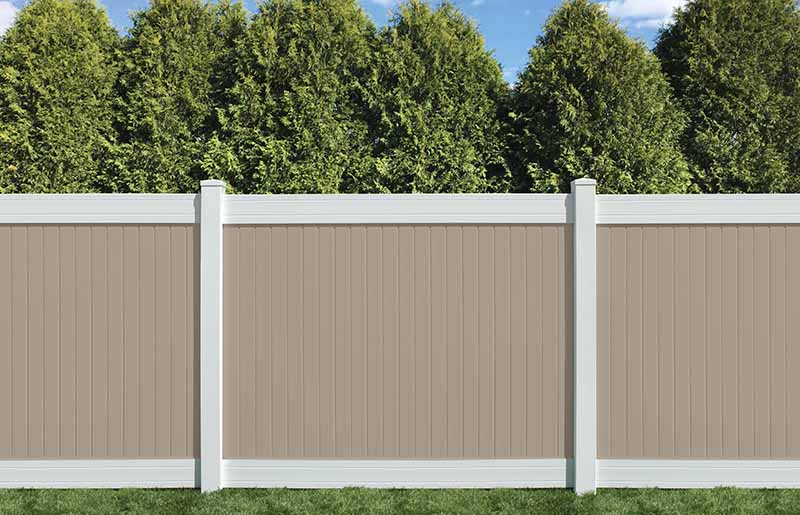
Frequently Asked Questions About Composite Fencing Prices
1. Why are composite fences more expensive than wood?
Composite fences are engineered for durability and low maintenance. The upfront cost is higher because of material processing, UV treatment, and design quality. However, they often last longer than wood, making them more cost-effective in the long run.
2. How does composite fence panels price compare to vinyl?
Vinyl fences are another low-maintenance option. Typically, vinyl panels are slightly cheaper than composite panels, but they may be less durable and more prone to cracking in extreme weather.
3. Do composite fences require painting?
No. Composite fences are manufactured in a range of colors and finishes, eliminating the need for painting or staining.
4. Can composite panels be customized?
Yes. Many manufacturers offer customizable panels for size, color, and style. Customization usually increases the composite fence panels price but allows for precise design matching.
5. How long does a composite fence last?
High-quality composite fences can last 25–30 years with minimal maintenance. This longevity makes them a smart investment despite higher initial costs.
Understanding Regional Price Variations
Composite fencing costs can differ depending on where you live. Urban centers may have higher installation fees, while rural areas might see increased shipping costs. Additionally, local demand influences market prices. For example:
Areas with high home improvement trends may see slightly higher composite fencing prices.
Regions with limited suppliers might face shipping surcharges, especially for heavier composite panels.
It’s advisable to request quotes from local fencing companies or distributors to get accurate pricing tailored to your location.
Additional Considerations for Homeowners
Beyond material and installation costs, consider:
Property size: Larger properties require more panels, increasing total investment.
Terrain: Sloped or uneven land may require special post adjustments, adding to labor costs.
Gates and accessories: Matching gates and decorative elements can influence the overall composite fence panels price.
Planning these factors in advance ensures an accurate budget estimate.
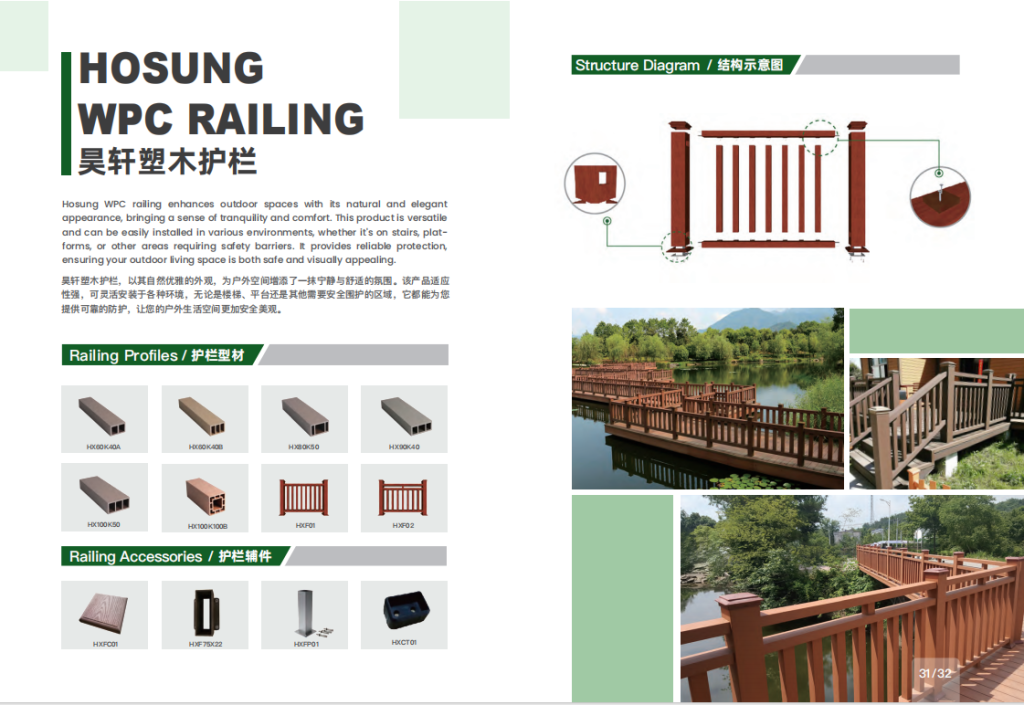
Eco-Friendly Benefits of Composite Fencing
Many homeowners choose composite fencing for sustainability. By using recycled wood and plastics, these fences reduce environmental impact compared to harvesting fresh timber. Additionally, the long lifespan means fewer replacements and less waste over time.
Tips to Optimize Costs
Here are some practical strategies to manage your WPC fence budget:
Choose Standard Sizes: Custom panels can increase cost. Standard panels are cheaper and readily available.
Compare Local Suppliers: Some local manufacturers offer competitive pricing compared to imported products.
Consider Partial Fencing: Use WPC for high-visibility areas and lower-cost alternatives for less exposed sections.
Plan for Bulk Orders: Buying in bulk may reduce per-panel cost and shipping fees.
DIY Installation: If skilled, installing some sections yourself can save labor costs, though professional help is recommended for long-term stability.
Final Thoughts on Composite Fencing Prices
Choosing a fence is more than just comparing numbers. While composite fencing prices may initially seem higher than timber or vinyl alternatives, the long-term benefits—durability, low maintenance, and environmental friendliness—make composite fencing an excellent investment.
When considering your purchase, focus on:
Material quality
Panel size and design
Installation requirements
Long-term maintenance costs
Balancing these factors will help you make a decision that fits your budget and meets your property’s aesthetic and functional needs. If you prioritize longevity and low maintenance, composite fencing is a choice that pays off in the long run. Want to get more about composite fencing? Welcome to contact Hosung!


